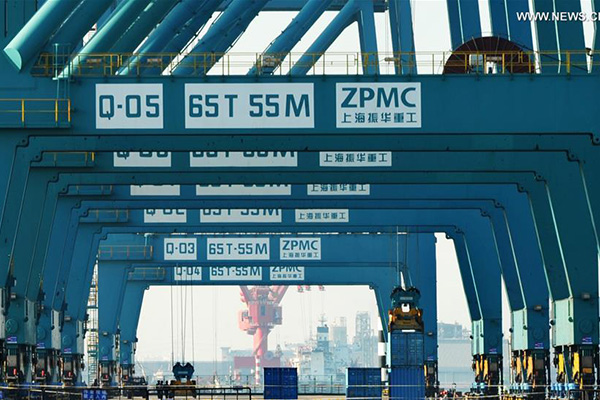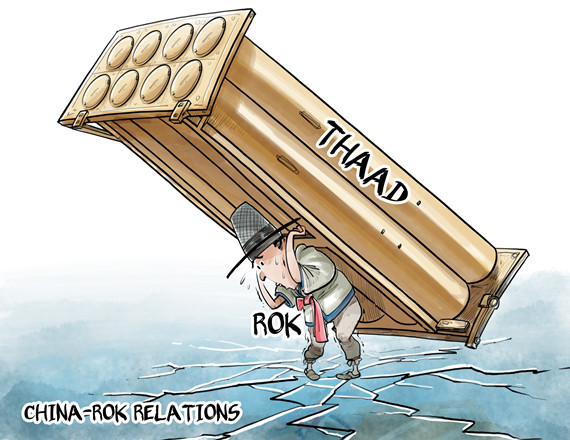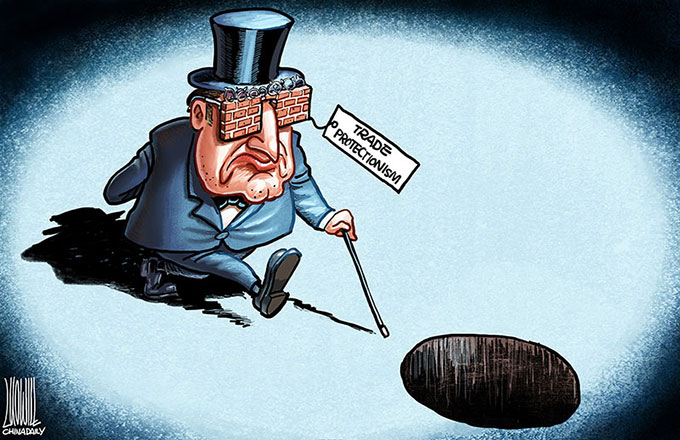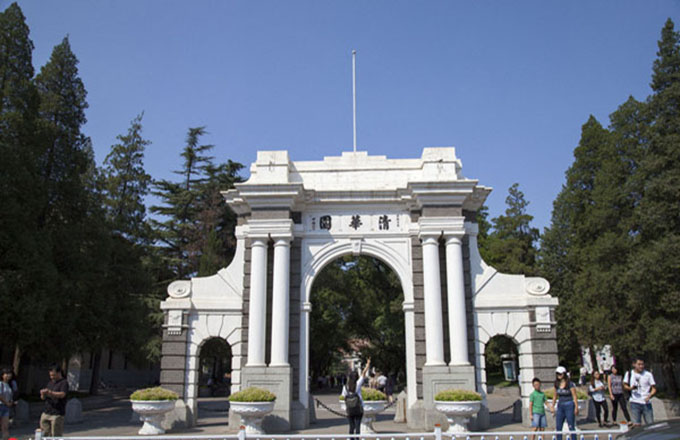Deepen structural reforms to hasten economic shift
 |
|
Photo taken on Dec 1, 2016 shows the Huanghua Port in North China's Hebei Province.[Photo/Xinhua] |
What are the major contradictions facing China in its economic transformation and operation? Are these contradictions cyclical or structural in nature?
Objectively speaking, some adverse cyclical factors do plague the Chinese economy, but major structural imbalances are the major source of its current economic dilemma, contradictions and problems.
This highlights the need to address the major structural disequilibrium, by deepening structural reforms to expedite China's economic transformation and upgrading. In this process, the structural supply-demand imbalance should be tackled first.
In the context of China's economic transformation and upgrading of the consumption structure, the efforts to deepen supply-side structural reform are aimed at addressing the incompatibility between supply and consumption based on both actual and potential market demands, and striking a dynamic balance in the supply-demand relationship. They are also meant to reduce ineffective supplies, increase effective supplies and boost the quality of the supply system to adapt to the demands emanating from economic transformation, especially consumption structural upgrading, and to maximize potential growth brought about by economic transformation.
Efforts are also needed to improve institutional establishments that can help the market play a decisive role in the distribution of resources, deepen the administrative management system reform, break monopolies, perfect the factor market and let the price mechanism really guide resource distribution.
The structural contradiction between investment and consumption should also be addressed, because despite the improvement in China's imbalanced investment and consumption pattern in recent years, the contradiction of investment mismatching consumption still remains. A typical example is the comprehensive and rapid growth of service-oriented consumption demand coexisting with insufficient effective investment and supplies in the service sector.
And due to delayed reform of the investment system, nongovernmental capital still faces difficulties entering the service sector, and reversing this imbalanced supply-demand pattern in a short time is an uphill task.
The sluggish reform of consumption tax also makes it difficult for local governments to change their behavior of glorifying investment while belittling consumption. If the policies and structural problems that obstruct the development of the service sector are not solved, it will be difficult to create an open environment for the service sector.
To resolve such major structural imbalances, China should focus its efforts on reviving the real economy. Despite being the main player of China's economic transformation and rapid growth, the real economy still faces numerous contradictions and difficulties in its development, which is in stark contrast to the fast development of the virtual economy thanks to the support from government policies and measures.
The burden of taxes and fees may curb the real economy's transformation and development. Given these facts, China should lower some transaction costs, especially institutional transaction costs, reduce procedures of administrative verification and lower logistical costs to improve the flexibility of the labor market and raise the efficiency of enterprises. It also needs to make major adjustments to the prevailing tax structure.
At a time when many developed countries are taking measures to lure high-end manufacturing back home while others are intensifying competitions for the middle- and low-end manufacturing market, China's practical measures to ease the enterprises' tax burden will not only facilitate the transformation of enterprises but also determine the effects of the country's economic transformation.
Since China is now a middle-income country, its labor costs can only rise. So, there is a need for China to lower its tax rates and adjust its tax structure by, say, shifting from corporate and turnover taxes to direct tax.
Moreover, the government should also reduce its administrative intervention in the operation of enterprises, and give enterprises a bigger say in deciding their own investment projects.
The author is president of the China Institute of Reform and Development.
- Real economy, SOEs crucial for development of NE province: Xi
- Big data: China’s contribution to global economy
- China's growth target achievable, favorable for global economy: UAE official
- Urgent need to cut flow of funds from real economy
- Infographic: China's contribution to the global economy
- The future of the economy looks bright





















